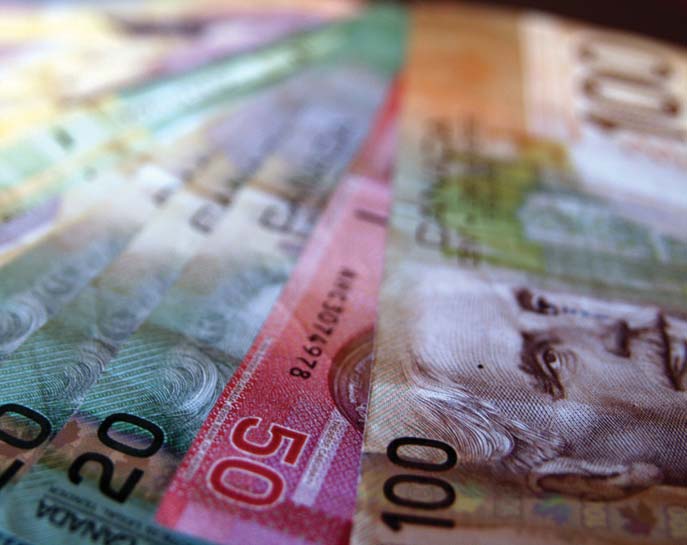What kind of summer are in we in for, and should you be ordering more inventory? Here’s what Canada’s chartered banks have to say in these snippets from their current economic forecasts.
TD CANADA TRUST
 Retail sales in Canada gained in February, rising 0.4%, reaching an all – time high of $44.2 billion.
Retail sales in Canada gained in February, rising 0.4%, reaching an all – time high of $44.2 billion.
Consumers were on the look-out for motorized fun, with sales up at ‘other motor vehicle dealers’ (which includes RVs, motorcycles, and boats), which, alongside gains at used car dealers, led to a 1.0% gain for the motor vehicle and parts category. Sizeable gains were also recorded for clothing and accessories (+2.7%), furniture and home furnishings stores (+1.9%), and building and gardening stores (+1.3%).
Unsurprisingly, sales were down again at gasoline stations ( – 4.9%), marking the eighth straight month of decline, reaching a nearly six-year low. Past declines in oil prices continue to weigh on this category.
Looking across the provinces, sales were up in eight of the 10 provinces. Ontario (+0.6%) and B.C. (+1.0%) led the way, with sizeable growth rates also seen in Nova Scotia (+1.1%, after 3 months of decline ) and Newfoundland and Labrador (+1.5%). Sales were down in both Alberta and Saskatchewan (both – 0.4%), with some category strengths offset by lower gasoline sales.
Key Implications · Beneath what looks like a modest retail number lurks a more positive story, with retail volumes remaining strong in February, even after January’s outsized gain (+2.1% in both price and volume terms). It appears that after a soft end to 2015, Canadians are opening up their wallets again and returning to the shops.
It is also important to look beyond the national numbers, as regional economies are seeing divergent growth pat-terns; retail sales provide a great case study of Canada’s three-speed economy. BC, Ontario, and Manitoba continue to push ahead, reflected in retail sales that are more than 9% above their December 2014 levels in BC, and up 7.6% in Ontario over the same period. Conversely, Alberta, Saskatchewan and Newfoundland and Labrador have all seen much more subdued growth, with sales in Alberta and Saskatchewan contracting outright, down 6.9% and 0.2% respectively from December 2014. The remaining provinces have experienced more middling growth of about 5% over this time.
Although signs are pointing to a roaring start to 2016, with economic growth likely to have been 3% or higher (quarterly, annualized) the longer termtrend will be more modest growth of around 2% per quarter. We expect the pace of consumer spending to slow as Canada continues its structural adjustment to lower oil prices. This lower pace of consumption will further constrain economic growth. The net result is an economy likely to only modestly out-pace its (already low) potential running speed. This is an outlook that necessitates the monetary stimulus already in place, reinforcing the likelihood that the Bank of Canada will maintain its policy rate at 0. 5% for some time to come.
RBC
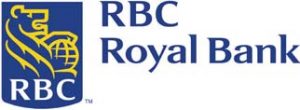 Canadian GDP fell 0.1% in February to interrupt a string of solid gains in the prior three months, including a 0.6% increase in January. The modest decline was due to a pullback in goods-producing industries as manufacturing and resource extraction (particularly oil and gas) partially retraced January’s gains.
Canadian GDP fell 0.1% in February to interrupt a string of solid gains in the prior three months, including a 0.6% increase in January. The modest decline was due to a pullback in goods-producing industries as manufacturing and resource extraction (particularly oil and gas) partially retraced January’s gains.
Even with February’s pause, the strong trend in monthly GDP points to annualized growth accelerating to 3.1% in the first quarter, which would be double the pace recorded in the second half of 2015. On an expenditure basis, we expect this pickup in activity to reflect a size able addition from net trade and a significant increase in consumer spending. Both provide encouraging evidence that accommodative monetary policy and a weaker Canadian dollar are helping to offset the drag from falling energy sector investment.
The first quarter’s increase in exports is unlikely to be sustained, however, with March’s trade report showing further payback for the recent surge in export volumes, and providing a weak starting point for the second quarter. We also expect a hit to second-quarter exports from wildfire-related production shutdowns at oil sands facilities near Fort McMurray, Alberta. While the situation remains fluid, we are currently tracking a 0.5 percentage point hit to May GDP, which on an expenditure basis would contribute to net exports swinging from a significant addition to a sizeable drag. As a result, we lowered our second-quarter growth fore cast to 0.5% from 1.5% previously.
With the decline expected to be reversed as product ion returns to normal levels, we expect growth will rebound to 3.0% in the third quarter. Since dip-ping below 70 US cents in mid-January, the Canadian dollar steadily climbed to nearly 80 US cents by the end of April. This sharp reversal of the currency’s earlier depreciation reflected a number of factors. The price of oil recovered from less than US$30/barrel to around US$45/barrel currently on declining US rig counts, production issues overseas, prospects of a cap by some producers, and improving growth sentiment. At the same time, indications of economic strength at the start of 2016 and rising expectations that the Bank of Canada’s next rate move is more likely to be a hike rather than a cut have pushed government bond yields higher. A narrower spread relative to the US, where expectations of rate hikes have been pared back since January, put upward pressure on the Canadian dollar. Going forward, slower gains in oil prices and firming expectations that the Fed will raise rates again this year will likely result in a modest pull back in the Canadian dollar’s recent ascent. We do not expect a return to the lows seen early this year and expect the Canadian dollar to end 2016 at 75 US cents.
Notwithstanding recent appreciation, we expect the currency will provide continued support to Canadian exporters, particularly as the lagged effects of significant depreciation last year continue to work through the economy.
SCOTIABANK
 The national 0.9% rise in real GDP by industry in 2015 reflects a 3.5% downturn across the thee major oil-producing provinces of Alberta, Saskatchewan and Newfoundland and Labrador, and a 2.2% rise across the other seven provinces. With oil prices this year expected to average US$42/barrel and US$43, down from the 2015 averages of US$49 and US$54, the growth dichotomy between the major oil-producing regions and the other seven provinces is expected to persist in 2016.
The national 0.9% rise in real GDP by industry in 2015 reflects a 3.5% downturn across the thee major oil-producing provinces of Alberta, Saskatchewan and Newfoundland and Labrador, and a 2.2% rise across the other seven provinces. With oil prices this year expected to average US$42/barrel and US$43, down from the 2015 averages of US$49 and US$54, the growth dichotomy between the major oil-producing regions and the other seven provinces is expected to persist in 2016.
British Columbia led provincial real GDP growth in 2015, propelled by a broad-based 4.0% surge in private-sector services. A rebound in education after extended teacher strikes in 2014 pushed up public-sector services by 3.0%. Goods production, however, edged only 0.5% higher, pulled down by a drop of almost 8% in oil & gas output and other mining and decreases in mining support services and oil & gas engineering.
For the second consecutive year, Ontario’s real GDP growth was a solid 2.5%. The expansion of private-sector services also was key for Ontario, with a 3.2% advance in 20 15 as the province led growth in wholesale trade and professional, scientific and technical services and paced BC’s 5.0% gain in finance and insurance services. Although output rose in 13 of the province’s 19 major manufacturing industries, the sector’s 2015 expansion was limited to 1.5% by reduced production in printing, steel and aerospace products and re-tooling at several motor vehicle assembly plants.
Assisting Manitoba’s output growth last year was a 9.6% rise in construction activity, led by engineering work on major power and transportation projects. The province’s broad manufacturing sector witnessed both gains and losses; its mining output dropped 2.2% (with weakness in metals and its smaller petroleum sector); and its animal production declined almost 5% though its crop output jumped 15% with yields at near-record levels.
Quebec stands out for a 7.5% jump in mining output last year, led by a 24% pick-up in gold & silver production. Limiting Quebec’s 2015 growth was a 2.4% dip in construction and the province’s fiscal repair that held public administration, health & social services and education, combined, flat for the year.
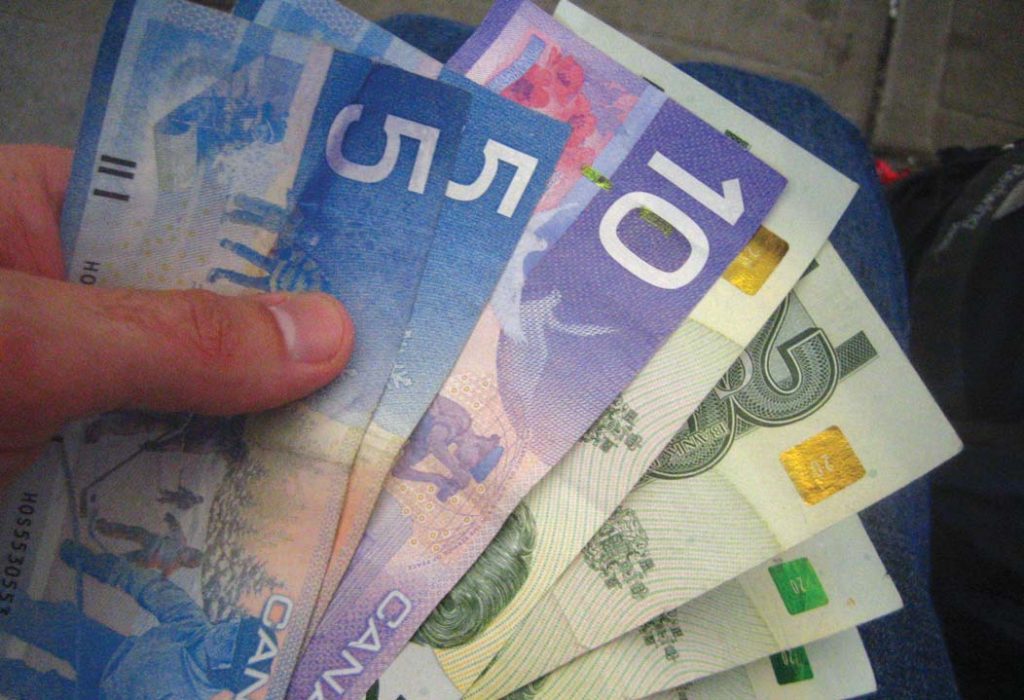 Among the Maritime provinces, the upside surprise was New Brunswick’s 1.9% gain, supported by a recovery in refined petroleum production after significant maintenance in 2014, a 19% rise in mining output as a metal mine reopened and potash production climbed, and a 4.7% jump in whole-sale trade. In Nova Scotia, progress on the Arctic Offshore Patrol Project and seafood processing supported a healthy 3.7% rise in manufacturing. Limiting the province’s 2015 growth to less than 1.0% was the sharp fall in offshore natural gas production and a 30% estimated decline in engineering construction related to electric power and oil & gas. For Prince Edward Island, a record tourist season plus pharmaceutical and industrial machinery production boosted out-put, but food products were subdued by a major plant closure.
Among the Maritime provinces, the upside surprise was New Brunswick’s 1.9% gain, supported by a recovery in refined petroleum production after significant maintenance in 2014, a 19% rise in mining output as a metal mine reopened and potash production climbed, and a 4.7% jump in whole-sale trade. In Nova Scotia, progress on the Arctic Offshore Patrol Project and seafood processing supported a healthy 3.7% rise in manufacturing. Limiting the province’s 2015 growth to less than 1.0% was the sharp fall in offshore natural gas production and a 30% estimated decline in engineering construction related to electric power and oil & gas. For Prince Edward Island, a record tourist season plus pharmaceutical and industrial machinery production boosted out-put, but food products were subdued by a major plant closure.
For Newfoundland and Labrador, sharply lower offshore oil output com-pounded the drop in oil & gas engineering construction and extraction support services. An offset to lower copper, nickel, lead and zinc mining was a rise in iron ore output given new capacity and a recovery from weather-related difficulties in 2014. For the three major oil-producing provinces, the oil industry’s downturn dampened related services and spin-off activity, such as retail and wholesale trade, resulting in a 0.8% contraction across their private-sector services.
For Alberta, the 4.0% drop in real GDP in 2015 is twice our forecast decline, driven by a 38% fall-off in oil & gas extraction support activities and a 34% decrease in oil & gas engineering construction. As anticipated, non-conventional oil & gas production advanced, supporting a rise in oil pipeline transport.
Saskatchewan’s 1.4% output contraction last year largely stemmed from a 19% correction in construction reflecting the oil & gas investment downturn, the completion of new mining capacity and a 15% drop in residential activity. Increased mining output reflected pot-ash and uranium gains. Dry conditions prompted a 19% decrease in animal output and constrained crop growth.
CIBC
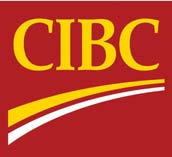 Despite taking a bit of a breather recently, the USD will get one last boost from a Fed rate hike mid-year. After that, however, a pause in monetary tightening combined with improving fundamentals in other regions will see the greenback lose ground against a wide range of currencies. The CAD has gone from worst to first in a short period of time. But don’t expect that strength to last. Another Fed rate hike combined with slightly softer oil prices over the remainder of the first half should see the Loonie retreat by several cents before gradually strengthening against the USD along with most other major currencies.
Despite taking a bit of a breather recently, the USD will get one last boost from a Fed rate hike mid-year. After that, however, a pause in monetary tightening combined with improving fundamentals in other regions will see the greenback lose ground against a wide range of currencies. The CAD has gone from worst to first in a short period of time. But don’t expect that strength to last. Another Fed rate hike combined with slightly softer oil prices over the remainder of the first half should see the Loonie retreat by several cents before gradually strengthening against the USD along with most other major currencies.
The US dollar has one more round of fight left in it. But its bull run has been tiring for a while now and, after a final bout of strength mid-year, the greenback will hit the mats versus a range of other currencies. The dollar has been taking a bit of a breather recently and even aggressive easing moves out of foreign central banks haven’t been enough to energize the currency.
While the wind may have been knocked out of the dollar, current market positioning does leave room for a mid-year Fed rate hike to drive strength in the currency. A June rate increase is currently less than 50% priced into futures markets and, if implemented as we expect, would also likely force traders to hedge against a second 2016 hike. Together, that would drive the value of the greenback higher versus a range of currencies around the middle of the year. However, following that bout of strength, the greenback will fall from its perch. By the time the second half of 2016 rolls around, other major economies will have begun reaping the rewards of past monetary stimulus and, despite the Fed likely taking rates higher a second time in December, their exchange rates will begin to reflect the more positive fundamentals.
It wasn’t that long ago that the Loonie was the worst-performing major currency in the world. But since January 21st, when the Bank of Canada decided to hold its fire on interest rates, the Canadian dollar has steadily appreciated against its US counterpart. But the change in the Loonie’s tune has been due to more than just the central bank’s restraint. Most notably, the price of oil has increased by more than 35% over the past couple of months, after trading above $40 per barrel for the first time in more than three months. The gain in oil and other commodity prices is responsible for a large portion of the recent appreciation in the value of the Loonie, with the remainder due to a combination of positive data surprises, a larger than previously announced federal government deficit (which reduces the need for further monetary easing) and a surprisingly dovish US Federal Reserve.
Looking ahead, the recent rally in oil prices may run out of steam as supply disruptions come to an end and crude production doesn’t drop off materially until later in the year. While recent manufacturing data is supportive of a rotation in the economy away from resources, the overall outlook for the remainder of the year continues to suggest only modest growth in 2016 and should have expectations for rate hikes still coming much sooner in the US than in Canada. Look for USDCAD to hit 1.38 around mid-year, before returning to 1.34 by year end.
BMO
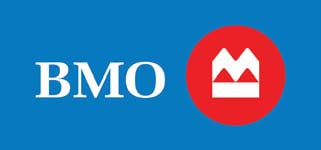 Things are finally looking up for Canada’s economy. After slowing to 1.2% last year, real GDP likely rose almost 3% annualized in the first quarter. Despite sagging recently, an earlier bounce in export volumes and manufacturing shipments suggests the economy is benefiting from the currency’s previous sharp depreciation. Households are spending more, with annual retail sales rising the fastest in more than a year. Cheaper gasoline, a relatively mild winter and a wave of cross-border American shoppers explain why retail sales are now rising faster north of the border than south, despite slower job growth and relative-ly higher household debt in Canada. Since the Loonie’s parity days in early 2013, American visits to Canada have climbed 18%, while the number of Canucks crossing into the States has plunged 26%.
Things are finally looking up for Canada’s economy. After slowing to 1.2% last year, real GDP likely rose almost 3% annualized in the first quarter. Despite sagging recently, an earlier bounce in export volumes and manufacturing shipments suggests the economy is benefiting from the currency’s previous sharp depreciation. Households are spending more, with annual retail sales rising the fastest in more than a year. Cheaper gasoline, a relatively mild winter and a wave of cross-border American shoppers explain why retail sales are now rising faster north of the border than south, despite slower job growth and relative-ly higher household debt in Canada. Since the Loonie’s parity days in early 2013, American visits to Canada have climbed 18%, while the number of Canucks crossing into the States has plunged 26%.
Home sales remain relatively healthy in most regions, while the earlier plunge in the oil-producing provinces is slowing. Meantime, the Vancouver and Toronto markets continue to sizzle , with record sales and accelerating prices. Frothy price increases (25% y/y in the former city and 12% in the latter) are now spreading beyond the metropolitan regions, as well as into the previously sedate (and ample-supplied) condo market. While market fundamentals warrant high prices in these two cities, they don’t justify the recent acceleration from already expensive levels.
Raging wildfires in northern Alberta will grease much weaker GDP growth in Q2 (amid shutdowns in oil production), before the expansion settles near an annual rate of 1.7% in 2016 . Exports should continue to grow, albeit at a more subdued pace due to softer U.S. demand and a firmer Loonie.
A snappy rebound at the turn of the year puts Canada’s economy on track for modestly stronger 1.7% growth in 2016, while another poor annual start for the U.S. economy suggests its pace will slip to 1.8%.















